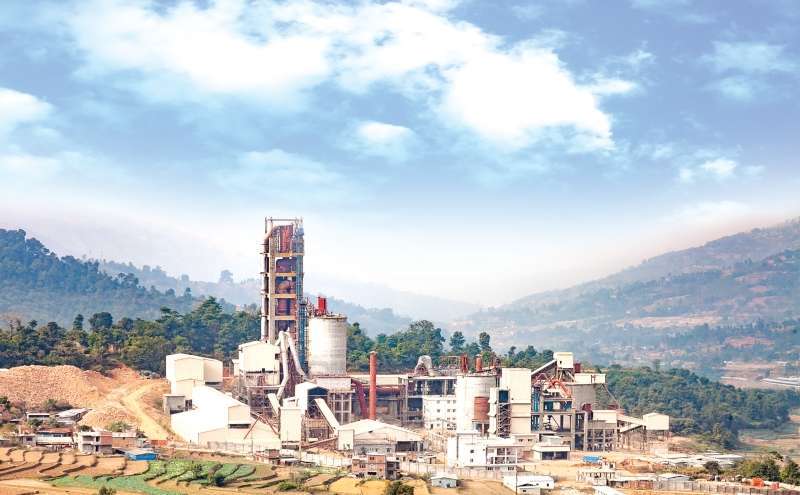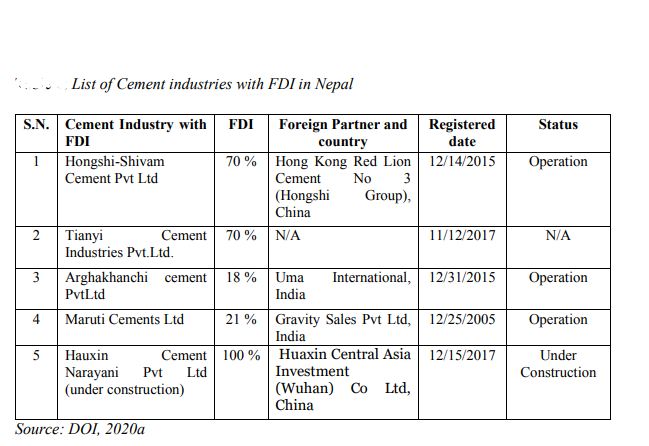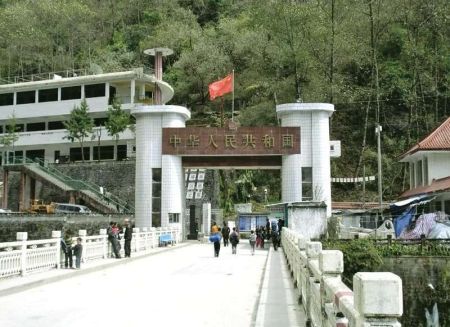May 22: Cement industries with foreign direct investment (FDI) are more efficient and profitable than government owned or locally owned cement industries in Nepal, a recent study report of Nepal Rastra Bank (NRB) found.
According to ‘Foreign Direct Investment in Cement Industry in Nepal, A study on Socio-economic Impact’ by the NRB, the FDI-based cement industry uses 0.99 metric tons of limestone on average while the government-owned cement industry uses 1.45 metric tons to produce one ton of cement. Limestone is an important raw material used for cement manufacturing.
Another yardstick that the study used to compare the efficiency and profitability between FDI-based cement industries and locally owned cement industries is the production cost to the sales ratio. According to the finding, the production cost to the sales ratio of the FDI-based cement industry is about 46.63 percent compared to 48.95 percent and 82.18 percent of locally owned and government owned cement industry.
“The economies of scale owing to larger size and the superior technology of the FDI-based cement industries are the reasons behind their higher efficiency,” read the report.
The study is based on a survey of seven out of 55 cement industries that are operational in Nepal. Three FDI-based, two government-owned and two locally owned cement industries were included in the survey. There are three FDI-based, two government owned and 50 locally and privately owned cement industries that are in operation in Nepal. Two FDI-based industries are currently under construction.
Though the financial and operational performances of the FDI-based industries have remained better compared to government and locally owned industries, their impact on social wellbeing and economic condition is mixed.
For example, around 57 percent of respondents in the survey agree that FDI-based cement industry has provided employment to local people compared to respondents for government owned (90 percent) and locally owned (60 percent), according to the study report. Similarly, respondents residing near cement industry who agree that the industry has contributed to infrastructure development are 37 percent for FDI based cement industry compared to 90 percent for the government-owned cement industry. In terms of air pollution under major negative externality which 92 percent of respondent agree with, FDI-based industries generate comparitively lower air pollution owing to their superior technology, according to the report.
The study report also recommended the government keep FDI in cement industries open, citing its role in bringing new technology into the country and promoting competition and forcing domestic industries to be more efficient. “It is, however, better to allow FDI in cement industries only on condition that local investors also hold certain minimum percent equity in such industries.This would help in the transfer of both technical and managerial know-how from foreign investors to local stakeholders,” the report added.























